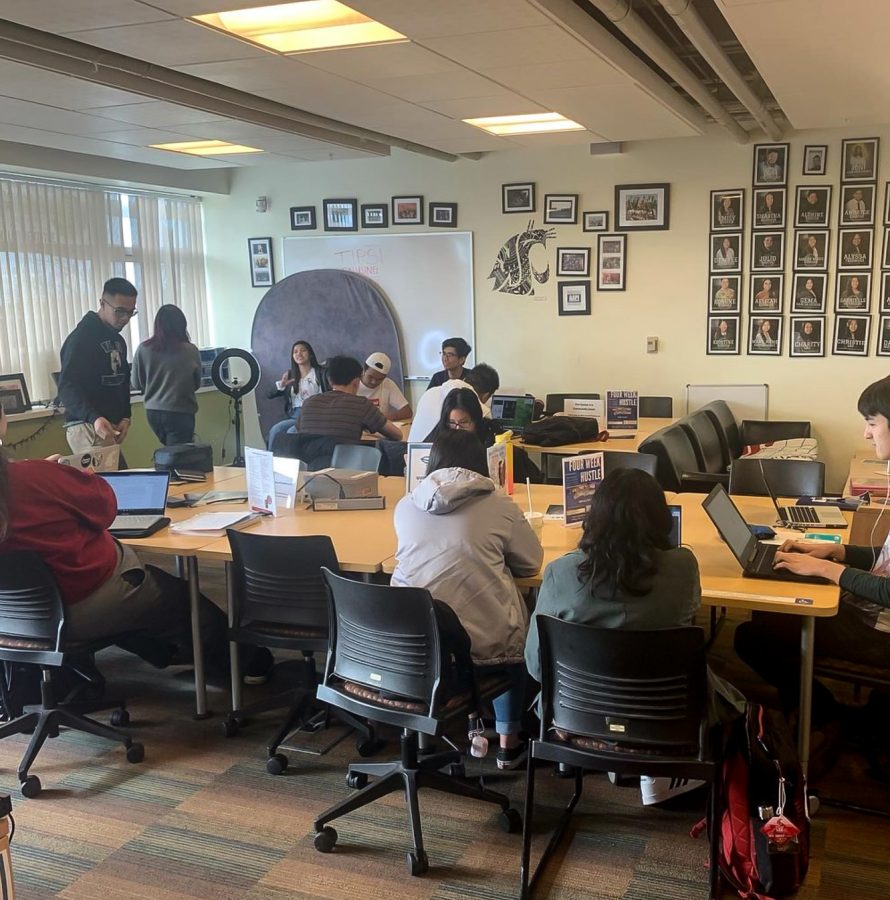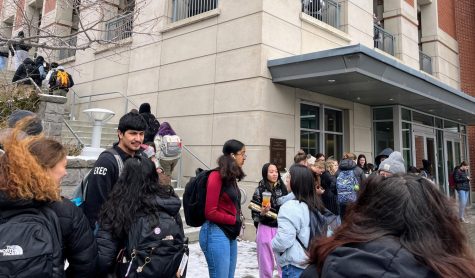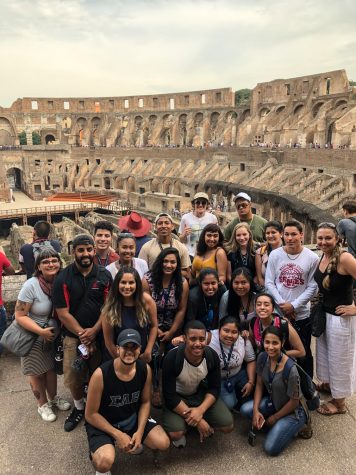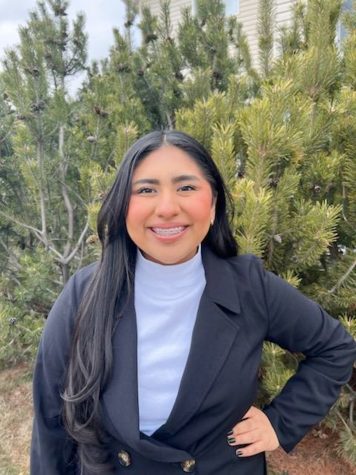Stop Asian Hate movement reconstructs media’s coverage of minority groups
Media has covered AAPI community more following hate crimes; stigma around Asian Americans is unfounded
WSU students sit in the Asian American and Pacific Islander Student Center in the Compton Union Building.
October 15, 2021
Media coverage has focused more on issues impacting the Asian American and Pacific Islander community following the shooting of six Asian women in March and other hate crimes toward this group.
“There’s been a recent change for the better in coverage of Asian Americans and Pacific Islanders in the media,” said Alexis Tan, WSU Edward R. Murrow College of Communication professor.
Bigger outlets in the media have started to run more stories on hate crimes and other events, Tan said.
However, that coverage came too late, said Taylor Dunaway, WSU AAPI Student Center member. Even now, hate crimes against the AAPI community are not as heavily covered.
Dunaway said she felt hurt and shocked by the events that occurred.
Yoon-Wha “Yuna” Roh, assistant professor of piano and a native of Seoul, South Korea, said she felt confused and shocked that events such as the Atlanta spa shootings could take place.
“Rejected. I’ve been living in the United States more than half of my life, and this is as much home as Korea too,” Roh said.
The media did not cover the events as hate crimes at first, Roh said. The articles made it seem like a random shooting had taken place rather than a specific, targeted attack against the AAPI community.
“Not just random people, these are humans,” she said.
The Stop Asian Hate movement gained traction because of these hate crimes. It was not until this movement that the media started to cover the stories as hate crimes, Roh said.
Asian Americans were not the only ones who attended the rallies done by the movement; members of the African American community and other groups also attended. This helped lessen the feeling of rejection, Roh said.
Fear and anxiety were already high in the AAPI community before the shootings and other attacks happened. COVID-19 contributed to the rise in racism against the AAPI community as many members were blamed for creating the virus, said AAPISC member Kaila Chang.
There were more instances of Asian Americans being told they liked to eat dogs or were diseased people. There was a lot of stigma around Asian Americans that was unfounded, she said.
“People think of it as a joke, but it’s really not,” Chang said.
Crimes that occur against the AAPI community are often swept underneath the rug and not covered in the media, she said. Those that are in the majority are uncomfortable accepting there is a problem in the minority and avoid the subject to take away its power.
Television and movies are another form of media that portrays Asian Americans and Pacific Islanders, Tan said.
“I think it’s great that there is somewhat of a revolution in media because now you have the movies like ‘Shang-Chi’ coming out,” Dunaway said.
Movies such as this create more accurate representation for the AAPI community, she said. As more movies and dramas like this come out, the more human members of the AAPI community are portrayed.
More diverse hiring in the media can also lead to more representative coverage of the AAPI community, Chang said. Outreach programs can help with the hiring process to become more diverse and to create more opportunities.
“People are more willing to see us with an open heart as who we are, that we are not that different,” Roh said.





















